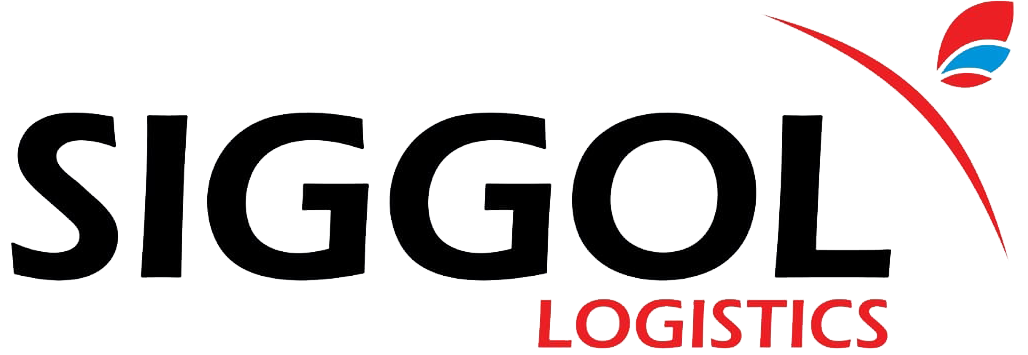- 26th February 2023
A bill of lading (BL or BoL) is a legal document that serves as evidence of the contract of carriage between the shipper and the carrier. In logistics, the bill of lading contains specific information about the shipment, including the shipper and consignee's names and addresses, the goods' description, purchase orders, delivery terms, and the agreed-upon freight charges.
Bills of lading have significant legal implications as they serve as evidence of the contract of carriage between the shipper, freight forwarder, and consignee. They are also documents of title; hence they provide proof of ownership and the type of shipped cargo. Any discrepancies or errors in the bill of lading can lead to legal disputes between the parties involved, such as claims for damages or delays in the delivery of goods.
Furthermore, the terms and conditions of the bill of lading govern the relationship between the parties involved, including the carrier's obligations, the responsibilities of the shipper, and the consignee's rights.
Moreover, bills of lading are subject to international regulations, such as the Hague-Visby Rules and the Hamburg Rules , which provide a legal framework for the international carriage of goods by sea. These rules set standards for the responsibilities of freight forwarders, the liabilities of the parties involved, and the rights of cargo owners.
There are different types of Bills of Lading depending on the shipment at hand. The commonly used BoL include;
• Seaway bill of lading
This non-negotiable document serves as a receipt for cargo shipped by sea. It is used when the shipment is not intended to be transferred or transshipped between carriers during the journey. The document helps expedite cargo release upon arrival at the destination port. Using a seaway bill of lading is common when a high degree of trust between the shipper and carrier exists or when the shipment has been paid for with an approved line of credit.
• Negotiable bill of lading
This is a transferable document that allows possession of goods to be transferred to a third party. It is used when the payment of goods is to be made upon delivery, and the buyer may need to obtain financing or use the bill of lading as collateral. A negotiable bill of lading can also be used in international trade. The buyer and seller may be located in different countries and require a document that can be used as proof of ownership and title to the goods. A negotiable bill of lading adds security for the involved parties, ensuring that the goods are transported and delivered according to the terms of the contract.
• Clean bill of lading
Issued by a carrier or freight forwarder indicating that the goods being transported have been received in good condition and that no damages or discrepancies are noted. A clean bill of lading proves that the goods were shipped in the condition as agreed in the contract between the shipper and the freight forwarder to ensure that the goods are delivered in the same condition as they were received and to avoid disputes between the parties.
• Through bill of lading
This is a document that is adopted in freight forwarding when multiple modes of transportation are used to transport shipments, such as road, rail, and ship. This document serves as a legal contract between the shipper and the carrier(s) to ensure that the goods are shipped and delivered according to the agreed-upon terms. The through bill of lading provides visibility and transparency to all parties involved in the shipment, allowing them to track and monitor the progress of the goods and to identify any issues or delays that may occur during transportation.
• Order bill of lading
An order bill of lading is a document that allows the holder to take possession of the goods and transfer ownership to a third party. It is used in logistics and freight forwarding when the goods are being sold on a letter of credit. An order bill of lading is usually issued in sets of three, with the original being sent to the buyer and the remaining two copies sent to the seller and the carrier or freight forwarder. This document serves as proof of ownership and title to the goods, which is essential for obtaining payment and transferring ownership to the consignee.
• Straight bill of lading
This document is issued by a freight forwarder that is not negotiable and is made out to a specific party, usually the consignee or the buyer. This type of bill of lading is used when there is no need for the goods to be transferred to a third party, and the consignee is expected to take possession of the goods upon arrival. A straight bill of lading is mainly adopted for shipments of high-value, hazardous materials or other interests that require careful handling or special attention.
Without a doubt, the bill of lading is a crucial legal document in shipping and freight forwarding as a whole and therefore, necessitates the need to look out for fraud bill of lading activities such as creating fraudulent documents by imposters, misrepresentation of goods, and double pledging.
We at Siggol Logistics are at the forefront of minimizing bill of lading fraud by thoroughly verifying documents, conducting due diligence on all our trading partners, physically inspecting all our shipments, and integrating innovative logistics solutions into our operations.
Get in touch with us for upskilled and optimized freight forwarding solutions at sales@siggol.com or contact us at +254 726 043 791.


f(1)f(1).jpg)

.png)

